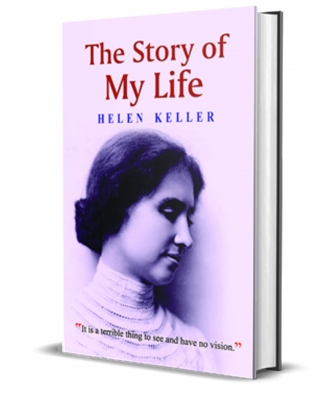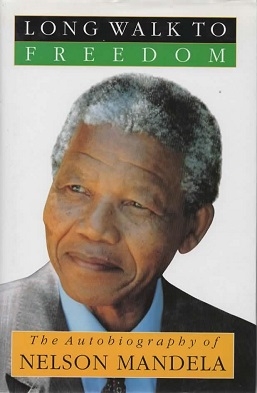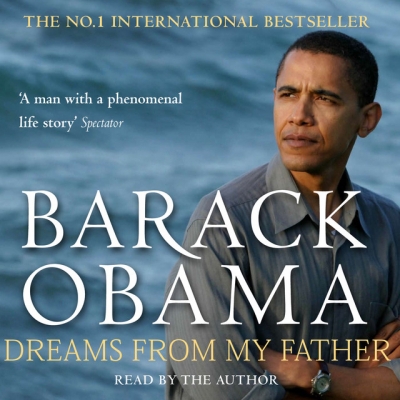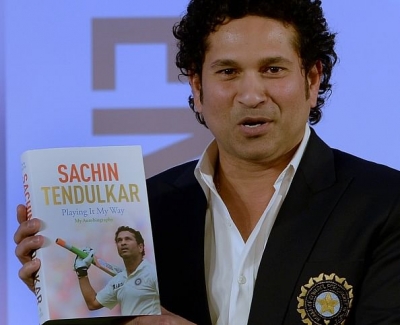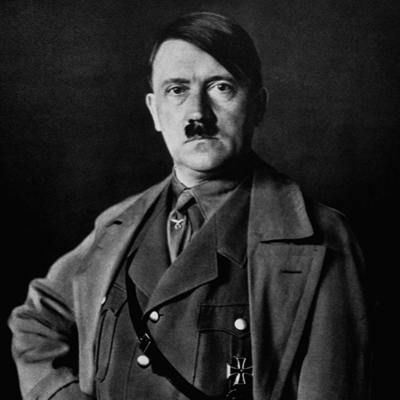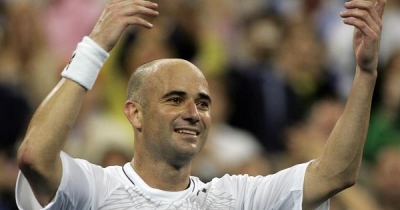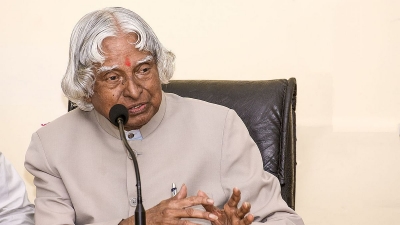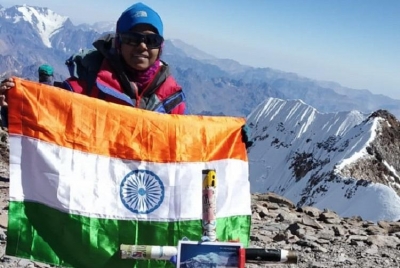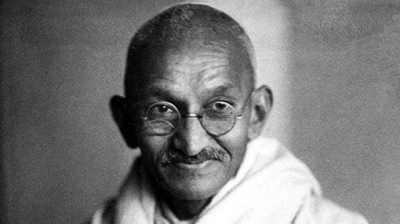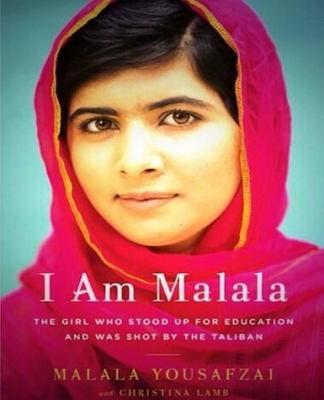Who was Jules Gabriel Verne?

Jules Verne, (born February 8, 1828, Nantes, France—died March 24, 1905, Amiens), prolific French author, novelist, poet and playwright whose writings laid much of the foundation of modern science fiction.
Verne’s father, intending that Jules follow in his footsteps as an attorney, sent him to Paris to study law. But the young Verne fell in love with literature, especially theatre. He wrote several plays, worked as secretary of the Théâtre Lyrique (1852–54), and published short stories and scientific essays in the periodical Musée des familles. In 1857 Verne married and for several years worked as a broker at the Paris Stock Market. During this period he continued to write, to do research at the Bibliothèque Nationale (National Library), and to dream of a new kind of novel—one that would combine scientific fact with adventure fiction. In September 1862 Verne met Pierre-Jules Hetzel, who agreed to publish the first of Verne’s Voyages extraordinaires (“Extraordinary Journeys”)—Cinq semaines en ballon (1863; Five Weeks in a Balloon). Initially serialized in Hetzel’s Le Magasin d’éducation et de récréation, the novel became an international best seller, and Hetzel offered Verne a long-term contract to produce many more works of “scientific fiction.” Verne subsequently quit his job at the stock market to become a full-time writer and began what would prove to be a highly successful author-publisher collaboration that lasted for more than 40 years and resulted in more than 60 works in the popular series Voyages extraordinaires.
Verne’s works can be divided into three distinct phases. The first, from 1862 to 1886, might be termed his positivist period. After his dystopian second novel Paris au XXe siècle (1994; Paris in the 20th Century) was rejected by Hetzel in 1863, Verne learned his lesson, and for more than two decades he churned out many successful science-adventure novels, including Voyage au centre de la terre (1863, expanded 1867; Journey to the Centre of the Earth), De la terre à la lune (1865; From the Earth to the Moon), Autour de la lune (1870; Around the Moon), Vingt mille lieues sous les mers (1870; Twenty Thousand Leagues Under the Sea), and Le Tour du monde en quatre-vingts jours (1873; Around the World in Eighty Days). During these years Verne settled with his family in Amiens and made a brief trip to the United States to visit New York City and Niagara Falls. During this period he also purchased several yachts and sailed to many European countries, collaborated on theatre adaptations of several of his novels, and gained both worldwide fame and a modest fortune.
The second phase, from 1886 until his death in 1905, might be considered Verne’s pessimist period. Throughout these years the ideological tone of his Voyages extraordinaires began to change. Increasingly, Verne turned away from pro-science tales of exploration and discovery in favour of exploring the dangers of technology wrought by hubris-filled scientists in novels such as Sans dessus dessous (1889; Topsy-Turvy or The Purchase of the North Pole), L’Île à hélice (1895; The Floating Island or The Self-Propelled Island or Propeller Island), Face au drapeau (1896; Facing the Flag or For the Flag), and Maître du monde (1904; Master of the World). This change of focus also paralleled certain adversities in the author’s personal life: growing problems with his rebellious son, Michel; financial difficulties that forced him to sell his yacht; the successive deaths of his mother and his mentor Hetzel; and an attack by a mentally disturbed nephew who shot him in the lower leg, rendering him partially crippled. When Verne died, he left a drawerful of nearly completed manuscripts in his desk.
Credit : Britannica
Picture Credit : Google
